Neptune And Triton Captured By Voyager 2 On Their Way Out Of The Solar System In August 1989.

Neptune and triton captured by Voyager 2 on their way out of the solar system in August 1989.
Credit: NASA / Voyager 2
More Posts from Weirdtalesanduniverse-blog and Others

NGC 206 and the Star Clouds of Andromeda: The large stellar association cataloged as NGC 206 is nestled within the dusty arms of the neighboring Andromeda galaxy. Also known as M31, the spiral galaxy is a mere 2.5 million light-years away. NGC 206 is near top center in this gorgeous close-up of the southwestern extent of Andromedas disk, a remarkable composite of data from space and ground-based observatories. The bright, blue stars of NGC 206 indicate its youth. In fact, its youngest massive stars are less than 10 million years old. Much larger than the open or galactic clusters of young stars in the disk of our Milky Way galaxy, NGC 206 spans about 4,000 light-years. Thats comparable in size to the giant stellar nurseries NGC 604 in nearby spiral M33 and the Tarantula Nebula, in the Large Magellanic Cloud. Star forming sites within Andromeda are revealed by the telltale reddish emission from clouds of ionized hydrogen gas. via NASA
js

A day on Neptune is just 16 hours long
Image credit: Oscar Malet

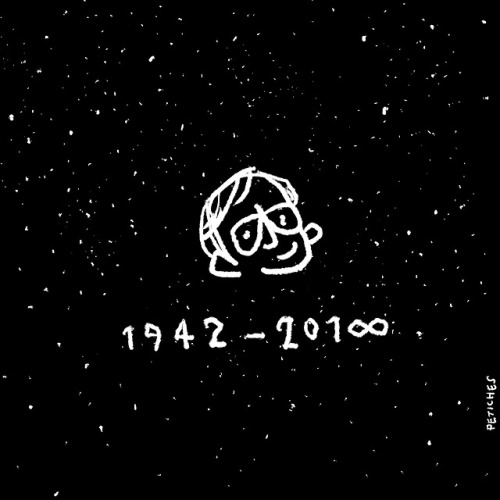
RIP Stephen Hawking
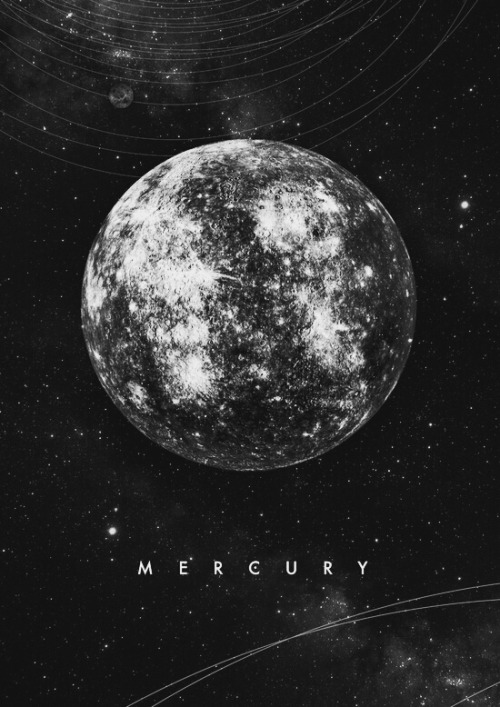
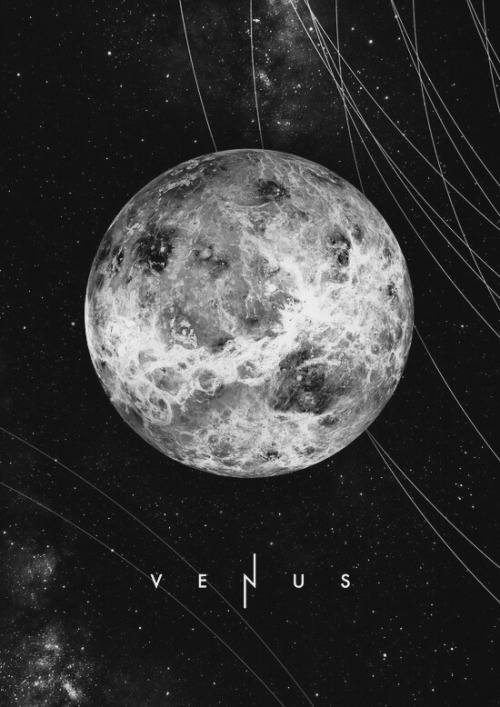
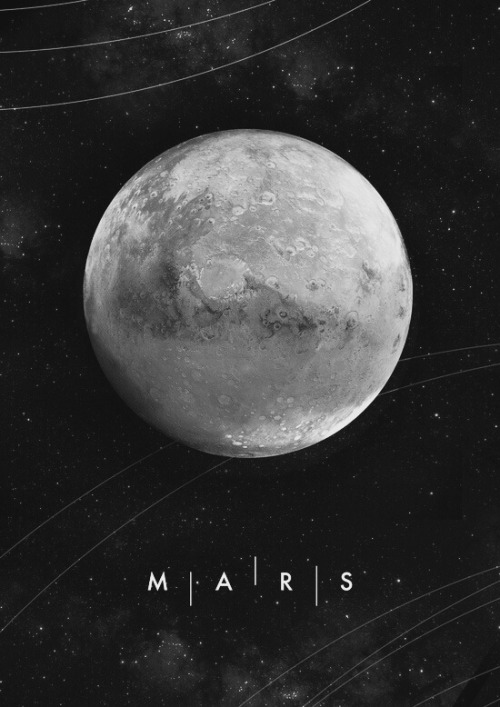
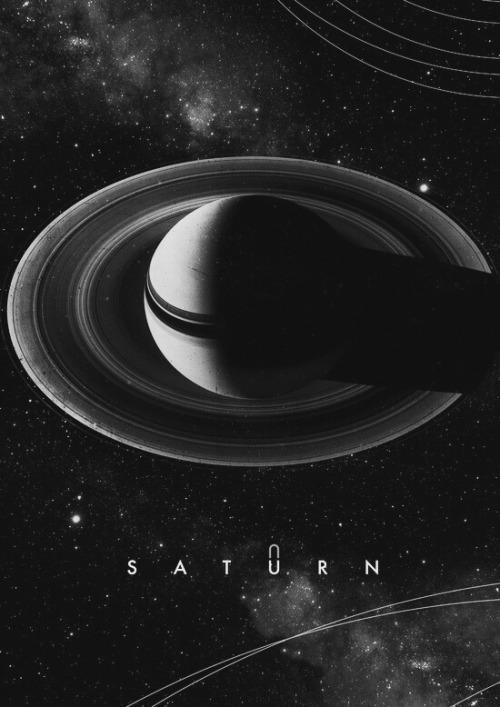

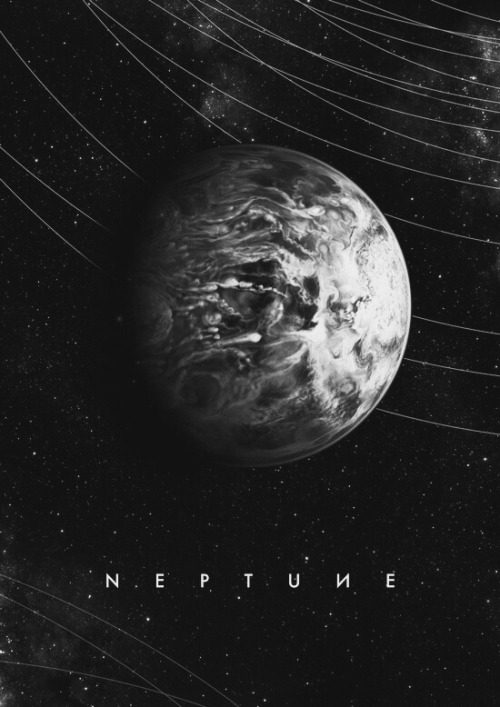

Black and white blog

Planet Uranus ♅
Equatorial Diameter: 51.118 km Satellites: 27 Notable satellites: Oberon, Titania, Miranda, Ariel & Umbriel Orbit Distance: 2.870.658.186 km (19 AU) Orbit Period: 84 Earth years Surface Temperature: -220°C Discovered Date: March 13th 1781 Discovered By: William Herschel

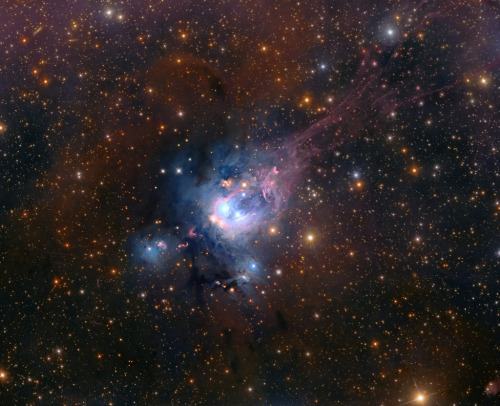
NGC 7129

fucking milky way

Feed your head.
-
 noirecroix1 reblogged this · 3 months ago
noirecroix1 reblogged this · 3 months ago -
 ladygreen reblogged this · 3 months ago
ladygreen reblogged this · 3 months ago -
 popofblack reblogged this · 4 months ago
popofblack reblogged this · 4 months ago -
 ladygreen reblogged this · 1 year ago
ladygreen reblogged this · 1 year ago -
 backsideofmoon reblogged this · 1 year ago
backsideofmoon reblogged this · 1 year ago -
 arteanica reblogged this · 1 year ago
arteanica reblogged this · 1 year ago -
 the-joysof-life liked this · 1 year ago
the-joysof-life liked this · 1 year ago -
 furioustea reblogged this · 2 years ago
furioustea reblogged this · 2 years ago -
 furioustea liked this · 2 years ago
furioustea liked this · 2 years ago -
 tgxgoodies reblogged this · 2 years ago
tgxgoodies reblogged this · 2 years ago -
 tgxgoodies liked this · 2 years ago
tgxgoodies liked this · 2 years ago -
 zenethemoon reblogged this · 2 years ago
zenethemoon reblogged this · 2 years ago -
 zenethemoon liked this · 2 years ago
zenethemoon liked this · 2 years ago -
 susidark liked this · 2 years ago
susidark liked this · 2 years ago -
 hitku liked this · 2 years ago
hitku liked this · 2 years ago -
 the-horse-you-rode-in-on reblogged this · 2 years ago
the-horse-you-rode-in-on reblogged this · 2 years ago -
 theothersideofthebear reblogged this · 2 years ago
theothersideofthebear reblogged this · 2 years ago -
 ztxtz reblogged this · 2 years ago
ztxtz reblogged this · 2 years ago -
 vicariouslee liked this · 2 years ago
vicariouslee liked this · 2 years ago -
 tougherthantherest61 liked this · 2 years ago
tougherthantherest61 liked this · 2 years ago -
 juxtapositionofparadox liked this · 2 years ago
juxtapositionofparadox liked this · 2 years ago -
 icantputmyfingeronit reblogged this · 2 years ago
icantputmyfingeronit reblogged this · 2 years ago -
 master-gatherer reblogged this · 2 years ago
master-gatherer reblogged this · 2 years ago -
 lazrasix reblogged this · 2 years ago
lazrasix reblogged this · 2 years ago -
 calalac reblogged this · 2 years ago
calalac reblogged this · 2 years ago -
 isayashai liked this · 2 years ago
isayashai liked this · 2 years ago -
 ltcolonelcarter reblogged this · 2 years ago
ltcolonelcarter reblogged this · 2 years ago -
 ltcolonelcarter liked this · 2 years ago
ltcolonelcarter liked this · 2 years ago -
 urzfanclub reblogged this · 2 years ago
urzfanclub reblogged this · 2 years ago -
 inconstantsearchofperfection reblogged this · 2 years ago
inconstantsearchofperfection reblogged this · 2 years ago -
 kihani reblogged this · 2 years ago
kihani reblogged this · 2 years ago -
 aleexis69 liked this · 2 years ago
aleexis69 liked this · 2 years ago -
 anaussienla liked this · 2 years ago
anaussienla liked this · 2 years ago -
 omgsweetunlikelycollector-me reblogged this · 2 years ago
omgsweetunlikelycollector-me reblogged this · 2 years ago -
 omgsweetunlikelycollector-me liked this · 2 years ago
omgsweetunlikelycollector-me liked this · 2 years ago -
 paleblueiris liked this · 2 years ago
paleblueiris liked this · 2 years ago -
 felicebisiaco liked this · 2 years ago
felicebisiaco liked this · 2 years ago -
 paulfe liked this · 2 years ago
paulfe liked this · 2 years ago -
 beyond-my-planet reblogged this · 2 years ago
beyond-my-planet reblogged this · 2 years ago -
 rumpusboom liked this · 2 years ago
rumpusboom liked this · 2 years ago
66 posts